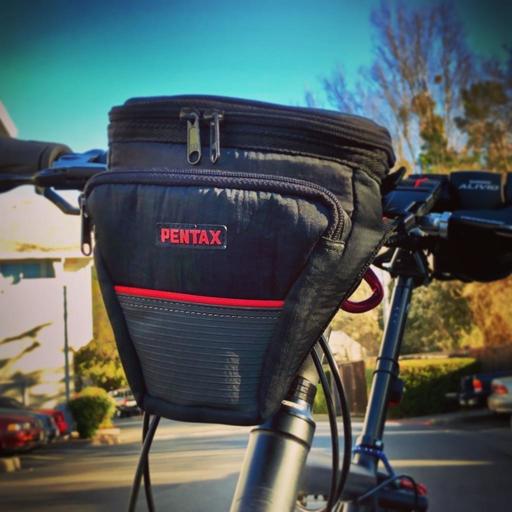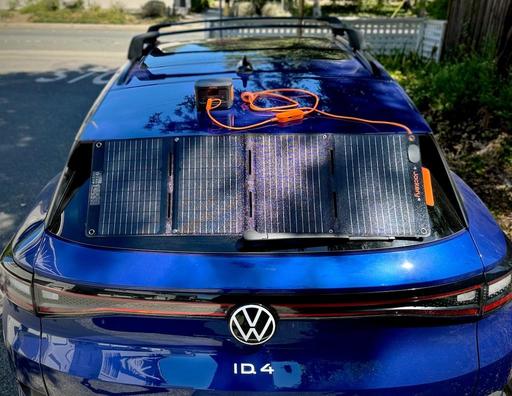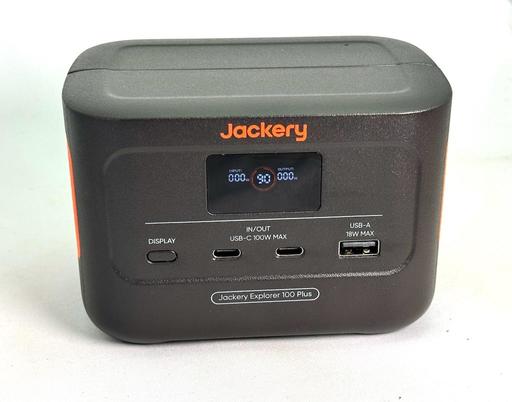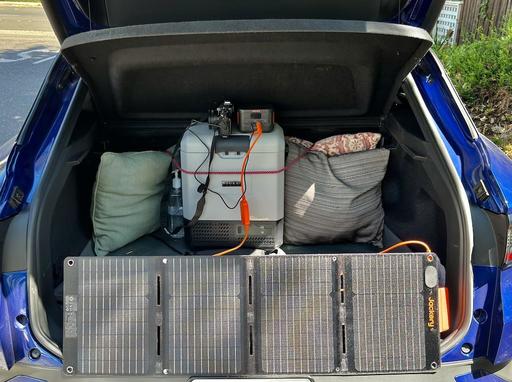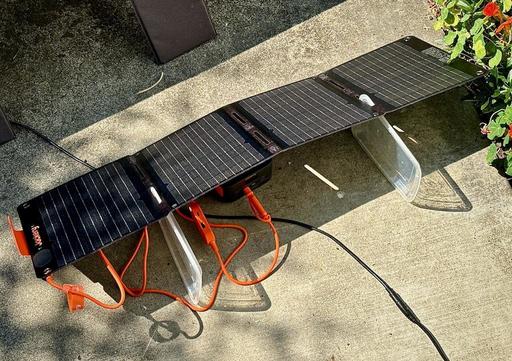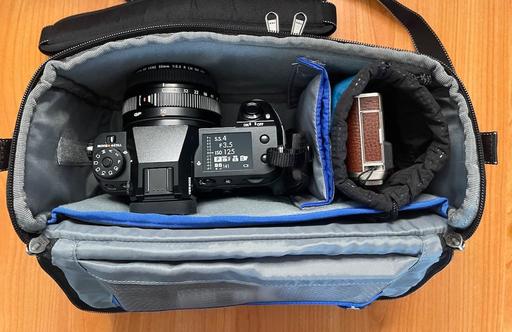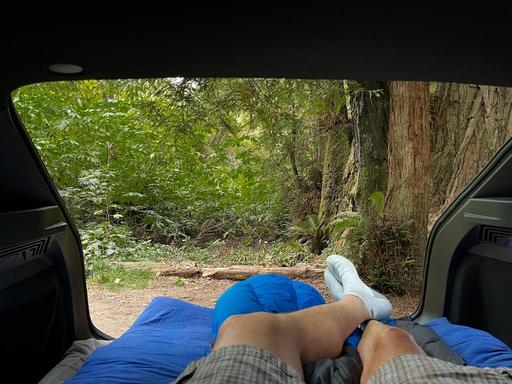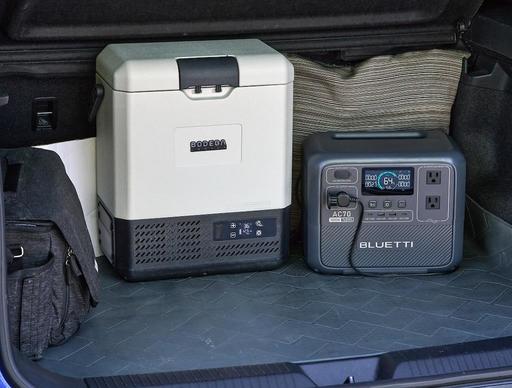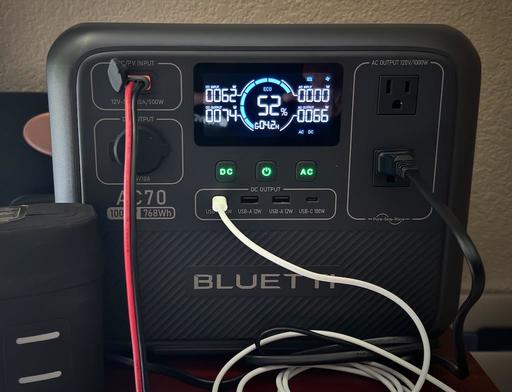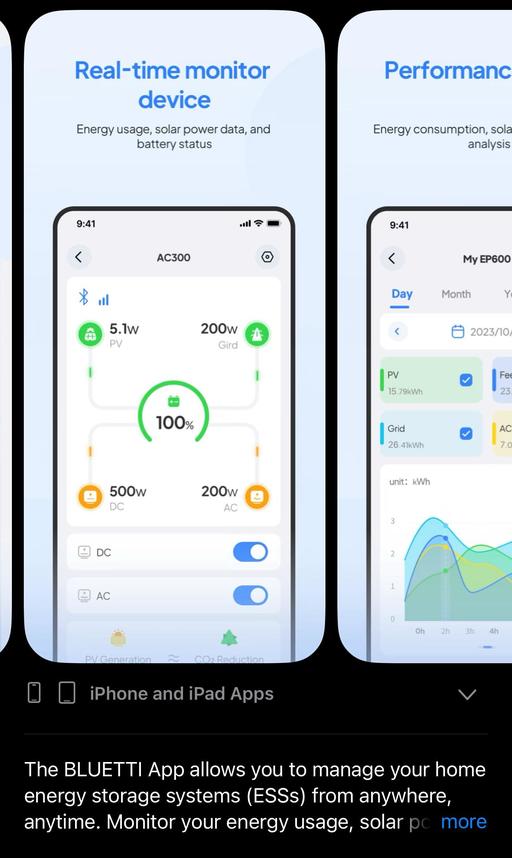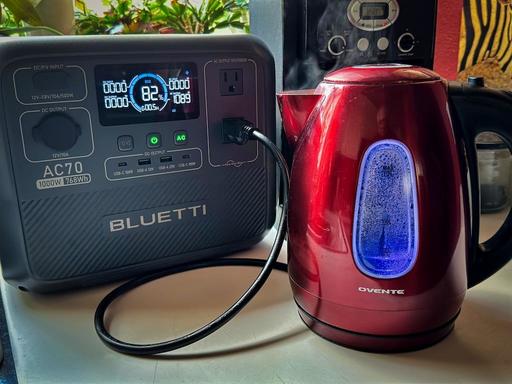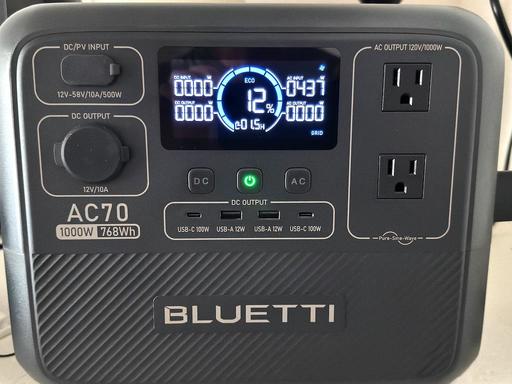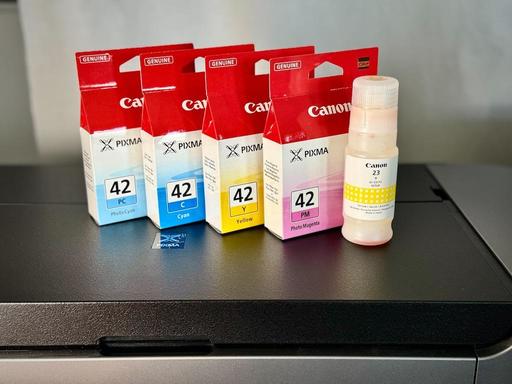This is The Digital Story Podcast #958, July 30, 2024. Today's theme is "Hiking or Biking for Summer Photo Adventures?" I'm Derrick Story.
Opening Monologue
Two popular summer activities for outdoorsy types are hiking and biking. The days are longer and the air is warmer, tailor-made for both forms of exercise. But what if we want to combine our favorite year-round hobby, photography, with these pursuits? Which is better? On today's TDS Photography Podcast I'll take a look at the pros and cons of each. I hope you enjoy the show.
Tune-In Via Your Favorite Podcast App!
Apple Podcasts -- Spotify Podcasts -- Stitcher
Podbean Podcasts -- Podbay FM -- Tune In
Hiking or Biking for Summer Photo Adventures?
Having grown up in Southern California, hiking and biking have been part of my life since I was a kid.
At first, biking. Any boy worth his salt had a set of wheels by the time he went to school. For us, a bicycle was freedom. Since parents in those days didn't think much about their kids until the nosecounts at dinner time, boys and girls with bikes could roam the earth freely until the street lights came on.
Riding a bike is second nature for me. I don't really think about it any more than I do breathing or walking. The magically stays upright as I move from place to place. Even while waiting at traffic lights I can balance with feet on the pedals for a short time.
These days, when I ride to work, I'm traveling between 18 and 22 MPH. That's a lot of ground compared to 3-4 MPH walking speed. My office is 6.5 miles from home. With traffic lights, I get from one place to the other in about 25 minutes. That's a nice commute. If I were to walk it would take 2 hours.
So you'd think that biking would be great for photo adventures. Yes and no. Let's look at the pros and cons.
Biking Pros for Photography
- Can cover more ground. If you're exploring somewhere like wine country, where locations are spread out, then a bike allows for a wider variety of photo opportunities.
- Can carry more weight. I prefer bike trunks to panniers, but even a midsize trunk can transport a decent amount of photo gear that isn't on your shoulders. Plus bottle cages secure your water for the day.
- Bikes provide a variety of options. If you're riding on trails, choose a mountain bike, rough surfaces a gravel bike, and strictly asphalt, go with a nice hybird. Plus now you can supplement your peddling with an electric motor, further increasing your range and conserving your energy.
Biking Cons for Photography
Hiking Pros for Photography
- It's easier to scope out shots, and once you see them, you'll actually take the time to photograph them.
- Photography provides natural breaks from hiking. If I'm trudging up a hill and ready for a break, I'll scope out a scenic overlook and make that my goal. Not only do I have a chance to catch my breath, I often get a lovely shot.
- Hiking is more social than biking. If you have friends joining you on a photo walk, it's so much easier to converse than group bike rides.
Day hiking requires less gear. There's no bike to lock up and worry about, and the odds of a flat tire are much lower with boots than wheels.
Hiking Cons for Photography
- You have to be in better shape for hiking than biking.
- All of your gear must be carried on your back or waist.
- You can cover as much ground as with a bike.
Bottom Line
In my opinion, bikes are best to get you to locations in a point A to point B fashion. But once you're there, it's best to get off the bike, lock it up, then explore your photo opps on foot.
I love the freedom of riding a bike. It's the closest thing I've experienced to flying like a bird. I like that bikes don't pollute the atmosphere. And you can combine biking with public transportation - buses and trains.
But I've learned that for photography, I have to get off the bike if I'm going to fall into a creative zone and make good pictures. Because otherwise, I'll just keep riding, and riding, and riding.
I can't believe Olympus walked away from this camera - if only we had it now
You can read the entire story on DigitalCameraWorld.com.
Apple may use Samsung for iPhone cameras, ending longtime Sony run
You can read the entire story on TheVerge.com.
Virtual Camera Club News
The Nimble Photographer Newsletter is now publishing every Thursday. Readers will enjoy a variety of content spanning from short photo essays, to commentary on weekly events, to reviews of the latest and coolest photo gear.
Inner Circle Members: A big thanks to those who support our podcast and our efforts! We are having a blast at our new Inner Circle hangout, the private group I've set up at DerrickStoryOnline. We'd love it if you join us. You can become an Inner Circle Member by signing up at our Patreon site. You will automatically be added to the new hangout.
Great Photography Articles on Live View - If you check out our publication and appreciate what you see, be sure to follow us and clap for those authors. You can find us at medium.com/live-view.
If you're interested in writing for Live View, drop me a line at dstory@gmail.com.
The New Donation Kit for Carefree Shipping of Found Film Cameras - If you've discovered a film camera that's no longer being used, our new Donation Kit makes it easy to pack and ship. Just visit the Contact Form on thenimblephotographer.com, click the box next to Donating a Film Camera, and let me know what you have. In your note, be sure to include your shipping address.
Affiliate Links - The links to some products in this podcast contain an affiliate code that credits The Digital Story for any purchases made from B&H Photo and Amazon via that click-through. Depending on the purchase, we may receive some financial compensation.
Red River Paper - And finally, be sure to visit our friends at Red River Paper for all of your inkjet supply needs.
See you next week!
You can share your thoughts at the TDS Facebook page, where I'll post this story for discussion.
